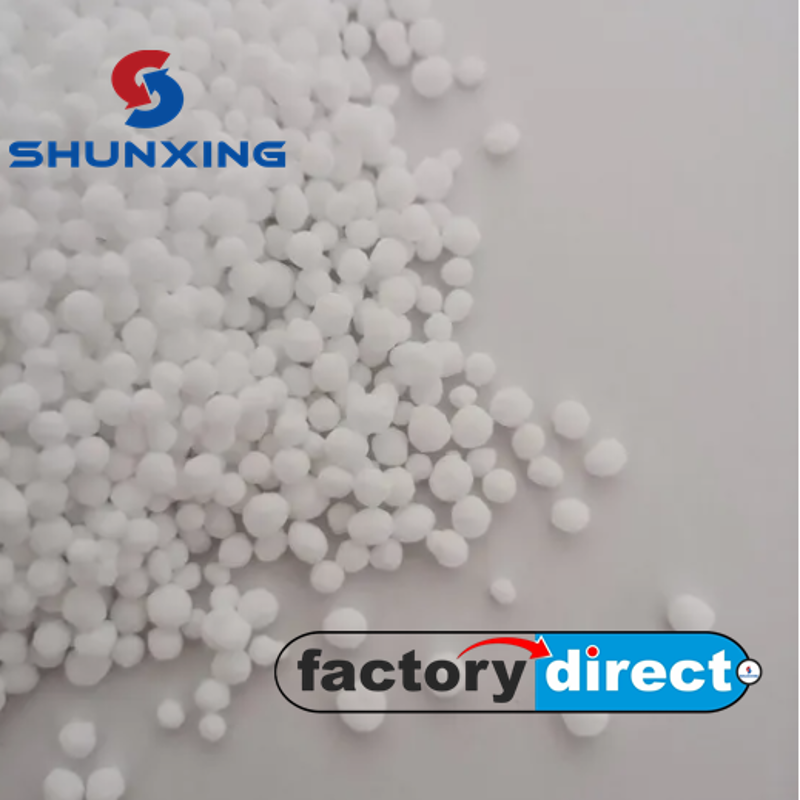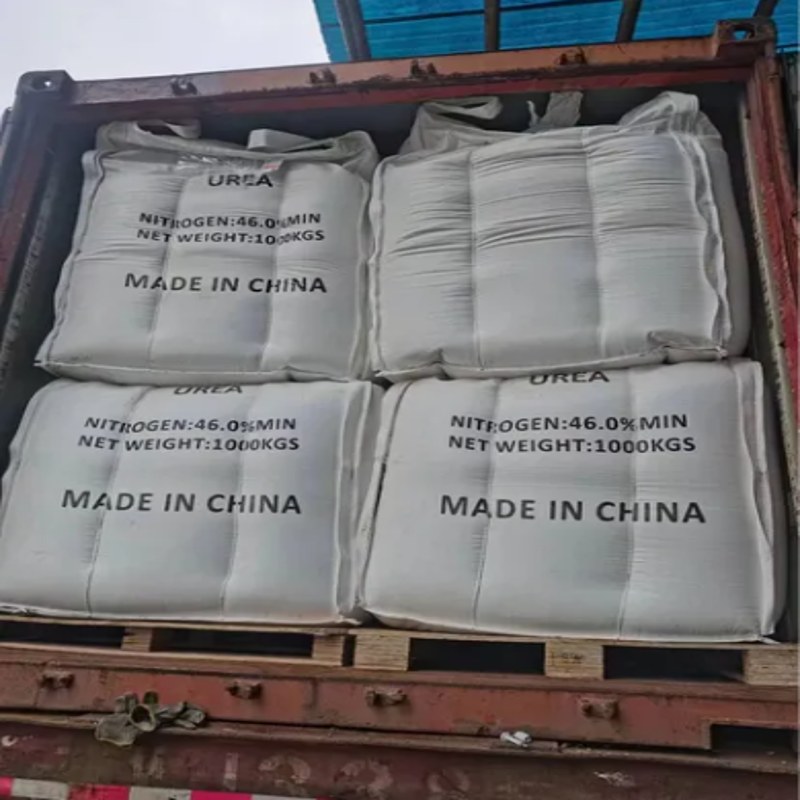-
Categories
-
Pharmaceutical Intermediates
-
Active Pharmaceutical Ingredients
-
Food Additives
- Industrial Coatings
- Agrochemicals
- Dyes and Pigments
- Surfactant
- Flavors and Fragrances
- Chemical Reagents
- Catalyst and Auxiliary
- Natural Products
- Inorganic Chemistry
-
Organic Chemistry
-
Biochemical Engineering
- Analytical Chemistry
-
Cosmetic Ingredient
- Water Treatment Chemical
-
Pharmaceutical Intermediates
Promotion
ECHEMI Mall
Wholesale
Weekly Price
Exhibition
News
-
Trade Service
It is learned from the Hefei Institute of Material Science of the Chinese Academy of Sciences that the research team of Wu Zhengyan from the Institute of Technology and Biology of the Academy has recently developed a temperature-sensitive controlled-release pesticide that can automatically sense temperature, which can effectively increase the utilization rate of pesticides and reduce agricultural non-point source pollution caused by pesticides.
.
Related results have been published in the core journals of the American Chemical Society in the field of green chemistry
.
The research group used attapulgite, ammonium bicarbonate and other materials to prepare a composite nanomaterial, and used the material as a carrier to compound with herbicides to develop temperature-sensitive controlled-release herbicide particles
.
Such particles are highly sensitive to temperature, and the number of nanopores in the particles can be effectively adjusted by temperature, thereby controlling the release of herbicides
.
The technology can significantly improve the utilization rate of pesticides, reduce the loss of pesticides, and reduce the amount of pesticides.
It has the advantages of low cost, high efficiency, environmental friendliness, convenient use, and easy processing, and has broad application prospects
.
Pesticides are one of the necessary means of production for agriculture, and they play an important role in preventing and controlling crop diseases, pests and weeds, and ensuring food security in China
.
The annual amount of pesticides used in China is as high as one million tons, but the effective utilization rate is less than 30%
.
A large amount of pesticides are lost to the environment through volatilization, runoff, leakage, etc.
, not only causing serious environmental pollution, but also endangering the health of humans and animals
.
How to improve the utilization rate of pesticides and reduce the amount of pesticides has become a key issue that needs to be solved urgently in the agricultural and environmental fields of China and the world.
The advent of temperature-sensitive controlled-release pesticides that can automatically sense temperature has opened up a new path for the development of high-efficiency, convenient, and green new pesticides.
.
.
Related results have been published in the core journals of the American Chemical Society in the field of green chemistry
.
The research group used attapulgite, ammonium bicarbonate and other materials to prepare a composite nanomaterial, and used the material as a carrier to compound with herbicides to develop temperature-sensitive controlled-release herbicide particles
.
Such particles are highly sensitive to temperature, and the number of nanopores in the particles can be effectively adjusted by temperature, thereby controlling the release of herbicides
.
The technology can significantly improve the utilization rate of pesticides, reduce the loss of pesticides, and reduce the amount of pesticides.
It has the advantages of low cost, high efficiency, environmental friendliness, convenient use, and easy processing, and has broad application prospects
.
Pesticides are one of the necessary means of production for agriculture, and they play an important role in preventing and controlling crop diseases, pests and weeds, and ensuring food security in China
.
The annual amount of pesticides used in China is as high as one million tons, but the effective utilization rate is less than 30%
.
A large amount of pesticides are lost to the environment through volatilization, runoff, leakage, etc.
, not only causing serious environmental pollution, but also endangering the health of humans and animals
.
How to improve the utilization rate of pesticides and reduce the amount of pesticides has become a key issue that needs to be solved urgently in the agricultural and environmental fields of China and the world.
The advent of temperature-sensitive controlled-release pesticides that can automatically sense temperature has opened up a new path for the development of high-efficiency, convenient, and green new pesticides.
.







